Scientists capture complex structure in a molecule-deep pool of ice.


Dr. Peterson’s extensive catalog is available now on DailyWire+: https://utm.io/ueSXh.
Dr. Jordan B. Peterson, Jonathan Pageau, and Jim Keller dive into the world of artificial intelligence, debating the pros and cons of technological achievement, and ascertaining whether smarter tech is something to fear or encourage.
Jim Keller is a microprocessor engineer known for his work at Apple and AMD. He has served in the role of architect for numerous game changing processors, has co-authored multiple instruction sets for highly complicated designs, and is credited for being the key player behind AMD’s renewed ability to compete with Intel in the high-end CPU market. In 2016, Keller joined Tesla, becoming Vice President of Autopilot Hardware Engineering. In 2018, he became a Senior Vice President for Intel. In 2020, he resigned due to disagreements over outsourcing production, but quickly found a new position at Tenstorrent, as Chief Technical Officer.
Jonathan Pageau is a French-Canadian liturgical artist and icon carver, known for his work featured in museums across the world. He carves Eastern Orthodox and other traditional images, and teaches an online carving class. He also runs a YouTube channel dedicated to the exploration of symbolism across history and religion.
—Links—
For Jonathan Pageau:
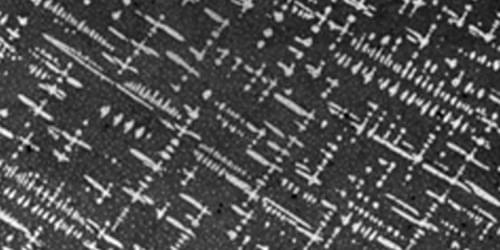
Greer and Ivanov agree that existing, albeit limited, data on tetrataenite’s magnetic properties suggest that it may not match high-performance neodymium-based magnets. But the researchers maintain that optimization of the tetrataenite casting process could improve its magnetic properties and thus make it a worthwhile option. “It is good to have a wider range of permanent magnet materials, because that allows better balancing of such factors as magnetic performance and environmental impact,” Greer says. “A one-for-one swap with rare-earth magnets is not necessarily the goal.”
For now, the team has demonstrated how to make a piece of tetrataenite, but they say that future work will focus on how to consolidate many pieces into a bulk magnet. “The analogy here would be that we have shown we can make a brick—a piece of tetrataenite—but not yet a house—a magnet,” Greer says.
Beyond materials science, the researchers hint that this work may even impact astrophysics research as scientists reconsider how long it takes for tetrataenite to develop in a meteorite and how fast the cooling rate is in that space environment.
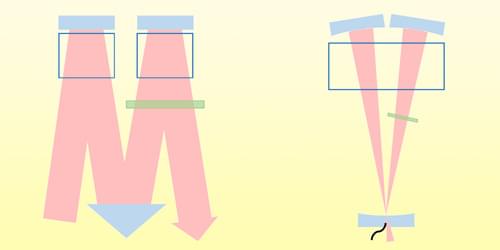
From the slivers of natural magnetite used as the earliest magnetic compasses to today’s cryogenically cooled superconducting quantum interference devices, researchers have employed many diverse means to measure magnetic fields. Now Robert Cooper at George Mason University, Virginia, and colleagues have added two more [1]. Their instruments, which are variations on a high-precision instrument called an optically pumped atomic magnetometer, are the first demonstrations of “intrinsic radio-frequency gradiometers.” These devices are especially suited to measure weak, local radio-frequency sources while excluding background fields.
At the heart of an optically pumped atomic magnetometer lies a gas of alkali atoms whose spins are aligned by a circularly polarized laser—the optical pump. The presence of an external magnetic field perturbs the spin axis of these atoms, showing up as a change in the polarization direction of the probe beam—a second, linearly polarized laser that is also transmitted through the gas.
In the devices devised by Cooper and his colleagues, the probe beam makes multiple passes through the alkali gas, maximizing the device’s sensitivity to weak fields. In one setup, a high-power probe beam takes a single M-shaped route through the gas, passing twice through a pair of vapor cells. In the other, a low-power beam traces overlapping V-shaped paths, passing 46 times through a single vapor cell.

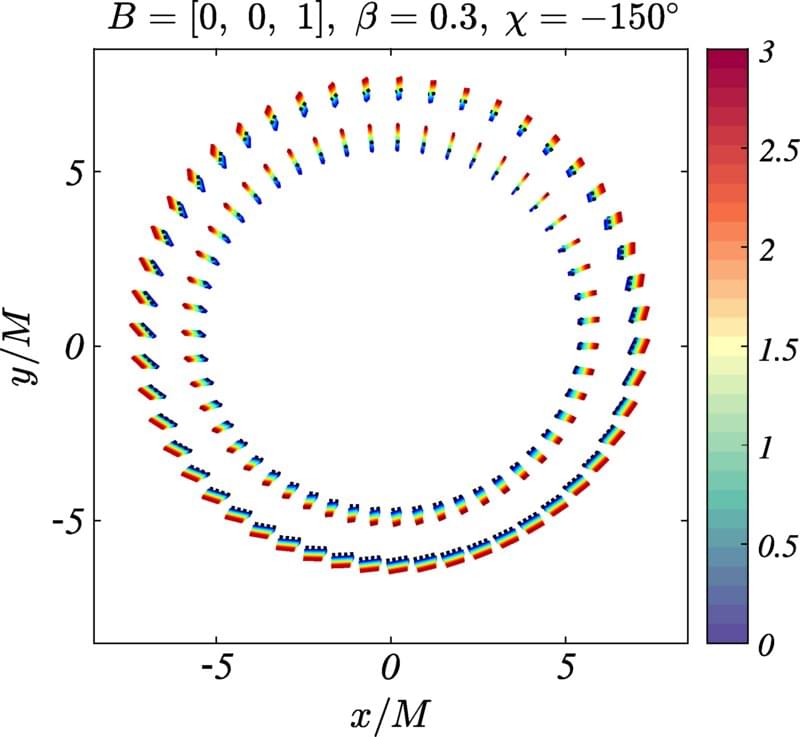
A group of researchers at Sofia University has found evidence that suggests the reason that a wormhole has never been observed is that they appear almost identical to black holes.
In their paper published in the journal Physical Review D Petya Nedkova, Galin Gyulchev, Stoytcho Yazadjiev and Valentin Delijski describe studying theoretical linear polarization from an accretion disk that would be situated around a class of static traversable wormholes and compared the findings to images of black holes.
For many years, scientists and science fiction writers have considered the theoretical possibility of a wormhole. Such an object, theory suggests, would take the form of a tunnel of sorts that connects two different parts of the universe. Moving through the tunnel would allow for travel to distant destinations in ways not available to spaceships incapable of moving faster than the speed of light —by taking a shortcut.
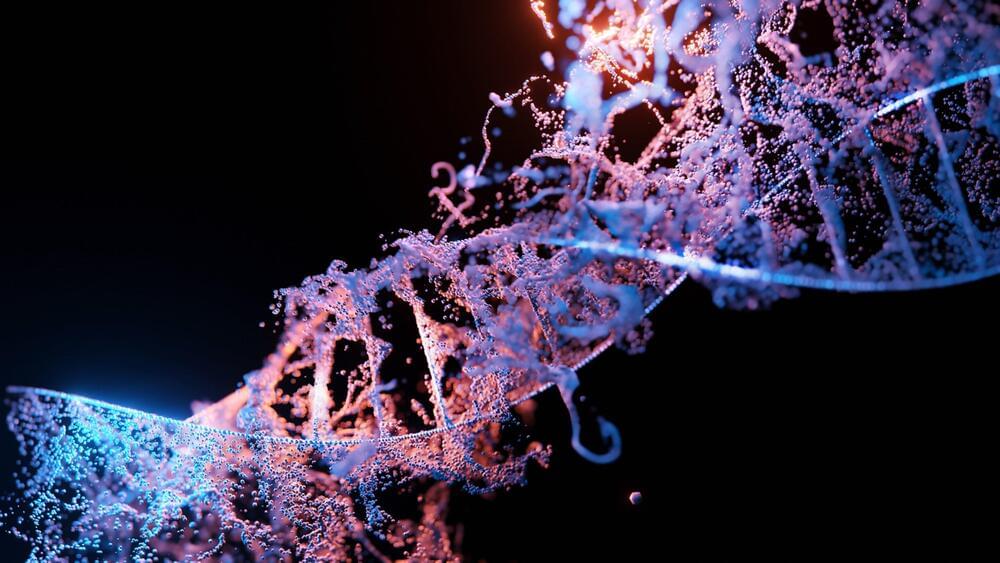
Building on the CRISPR gene-editing system, MIT researchers have designed a new tool that can snip out faulty genes and replace them with new ones, in a safer and more efficient way.
Using this system, the researchers showed that they could deliver genes as long as 36,000 DNA base pairs to several types of human cells, as well as to liver cells in mice. The new technique, known as PASTE, could hold promise for treating diseases that are caused by defective genes with a large number of mutations, such as cystic fibrosis.
“It’s a new genetic way of potentially targeting these really hard to treat diseases,” says Omar Abudayyeh, a McGovern Fellow at MIT’s McGovern Institute for Brain Research. “We wanted to work toward what gene therapy was supposed to do at its original inception, which is to replace genes, not just correct individual mutations.”

Some neuroscience studies suggest that distinct human emotional states are associated with greater activity in different regions of the brain. For instance, while some parts of the brain have been associated with all emotional responses, the hypothalamus has often been linked to sexual responses and feelings of intimacy, the hippocampus to the retrieval of emotion-eliciting memories, and the amygdala to fear and anger.
Humans can experience emotional responses to an extremely wide range of sensory and environmental stimuli, including the food they consume. So far, however, relatively few studies have explored the link between emotional states elicited by different food flavors and activity in different parts the cortex (i.e., the part of the brain responsible for higher cognitive processes).
Researchers at Niigata University, Hyogo College of Medicine, Meiji University, the Sakagami Dental Clinic and Otemae Junior College have recently carried out a study investigating the emotional responses elicited by differently flavored chewing gums and the cortical activity associated with these responses. Their findings, published in Frontiers in Neuroscience, highlight the potential role of the left prefrontal cortex in eliciting emotional states during the consumption of palatable (i.e., pleasant-tasting) or less flavorful foods.
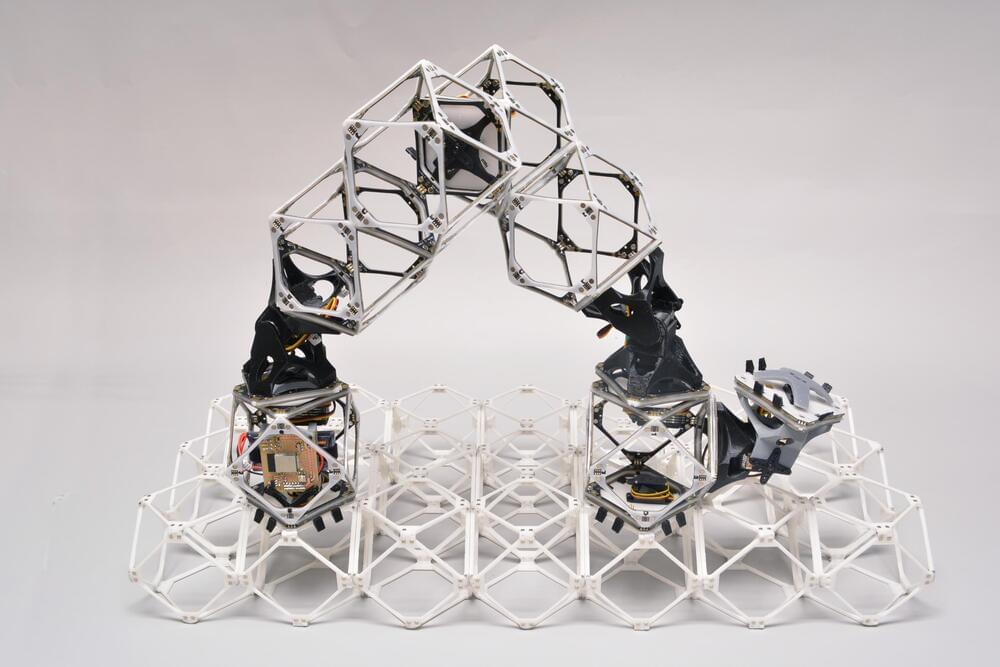
The new work, from MIT’s Center for Bits and Atoms (CBA), builds on years of research, including recent studies demonstrating that objects such as a deformable airplane wing and a functional racing car could be assembled from tiny identical lightweight pieces — and that robotic devices could be built to carry out some of this assembly work. Now, the team has shown that both the assembler bots and the components of the structure being built can all be made of the same subunits, and the robots can move independently in large numbers to accomplish large-scale assemblies quickly.
The new work is reported in the journal Nature Communications Engineering, in a paper by CBA doctoral student Amira Abdel-Rahman, Professor and CBA Director Neil Gershenfeld, and three others.
Lee Smolin is a theoretical physicist, co-inventor of loop quantum gravity, and a contributor of many interesting ideas to cosmology, quantum field theory, the foundations of quantum mechanics, theoretical biology, and the philosophy of science. He is the author of several books including one that critiques the state of physics and string theory called The Trouble with Physics, and his latest book, Einstein’s Unfinished Revolution: The Search for What Lies Beyond the Quantum.
This episode is presented by Cash App. Download it & use code “LexPodcast”:
Cash App (App Store): https://apple.co/2sPrUHe.
Cash App (Google Play): https://bit.ly/2MlvP5w.
PODCAST INFO:
Podcast website:
Apple Podcasts:
https://apple.co/2lwqZIr.
Spotify:
https://spoti.fi/2nEwCF8
RSS:
https://lexfridman.com/feed/podcast/
Full episodes playlist:
Clips playlist:
EPISODE LINKS:
Books mentioned:
- Einstein’s Unfinished Revolution by Lee Smolin: https://amzn.to/2TsF5c3
- The Trouble With Physics by Lee Smolin: https://amzn.to/2v1FMzy.
- Against Method by Paul Feyerabend: https://amzn.to/2VOPXCD
OUTLINE:
0:00 — Introduction.
3:03 — What is real?
5:03 — Scientific method and scientific progress.
24:57 — Eric Weinstein and radical ideas in science.
29:32 — Quantum mechanics and general relativity.
47:24 — Sean Carroll and many-worlds interpretation of quantum mechanics.
55:33 — Principles in science.
57:24 — String theory.
CONNECT: